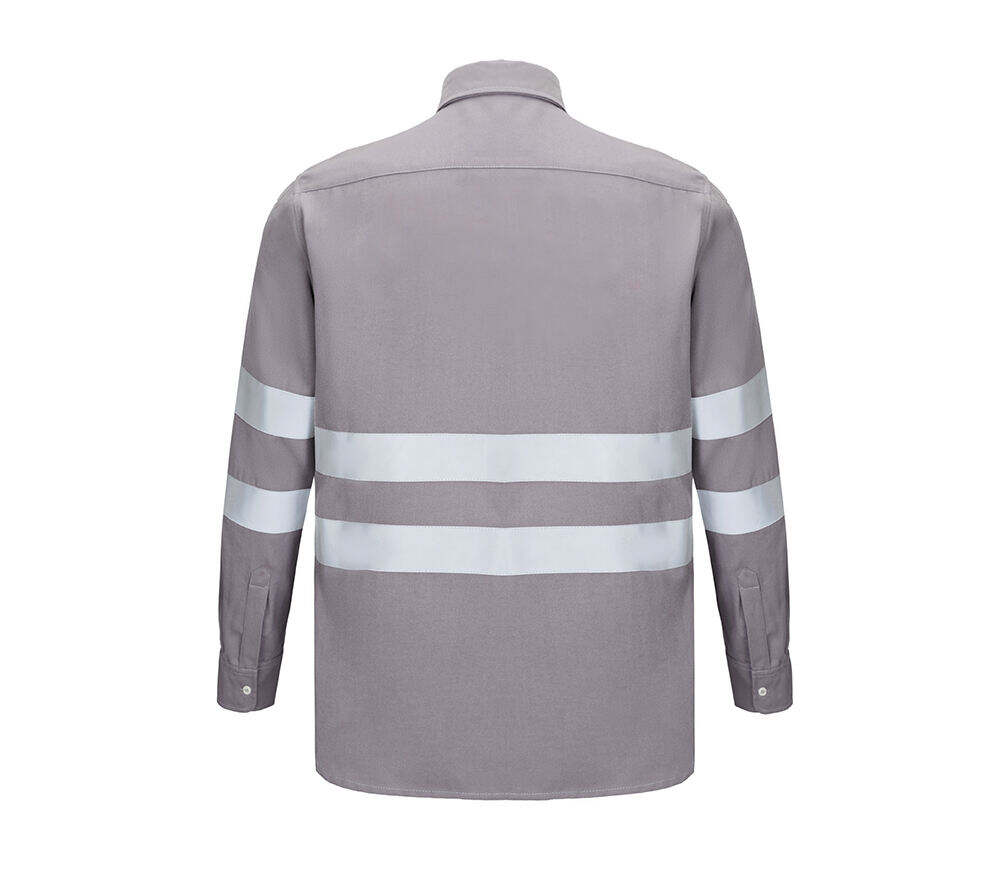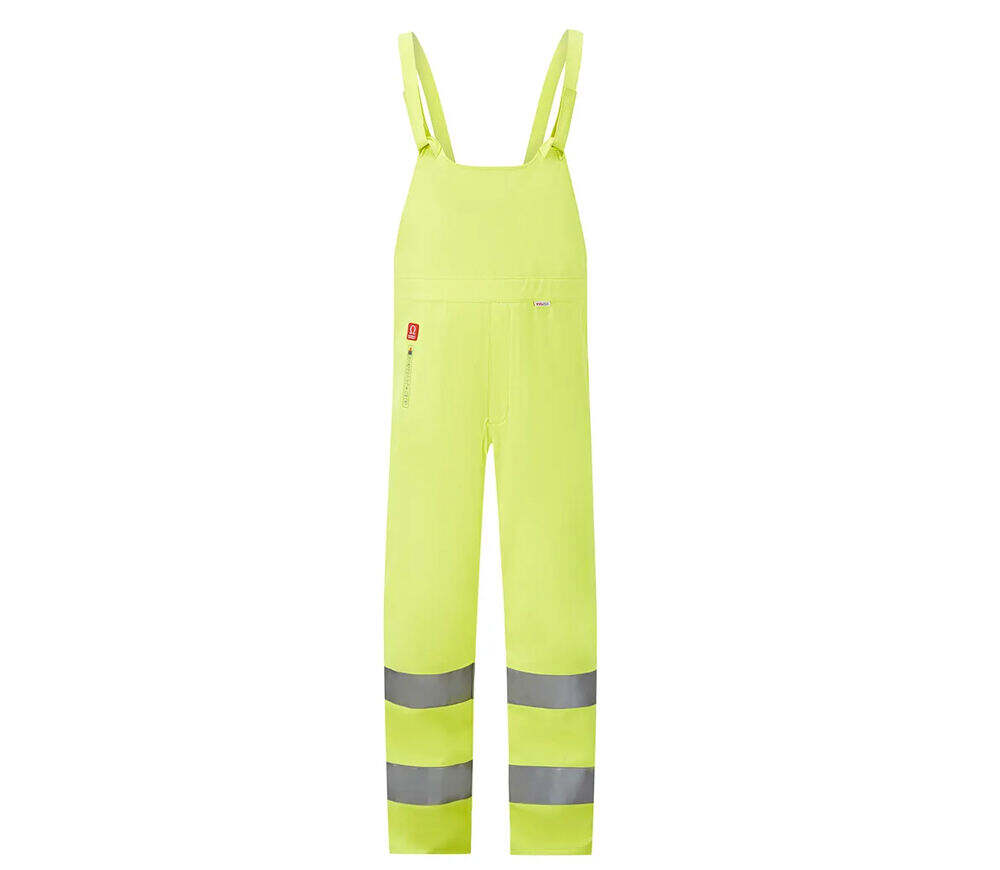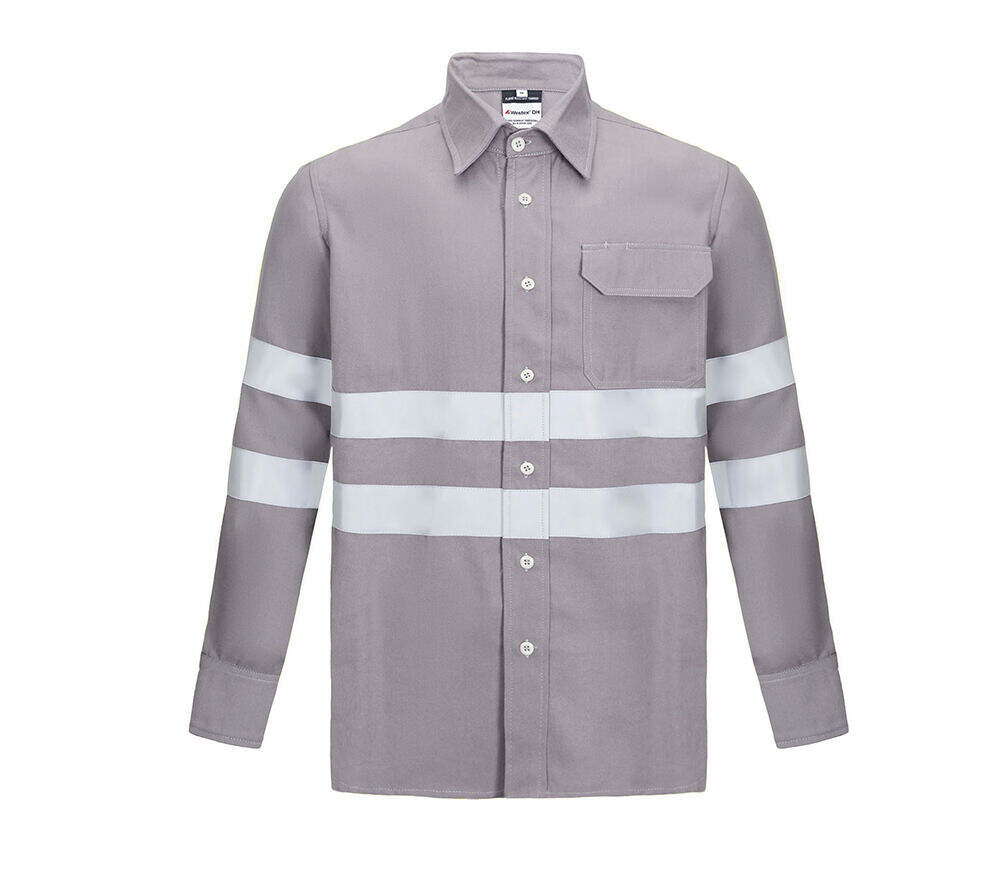Arc flash gear is constructed using a variety of specialized materials that are engineered to withstand the extreme conditions of an arc flash incident. One of the key materials used in arc flash gear is flame-resistant (FR) fabric, which is designed to self-extinguish when exposed to flames, preventing the spread of fire and reducing the risk of burns. These FR fabrics are often made from inherently flame-resistant fibers like aramid or treated with flame-retardant chemicals to enhance their protective properties. In addition to FR fabrics, arc flash gear may also incorporate insulating materials to protect against electrical shock. These materials, such as rubber or silicone, are used in gloves, sleeves, and other components to create a barrier between the wearer and electrical sources. Reflective elements are another important feature of arc flash gear, as they enhance visibility in low-light conditions and help ensure that workers are easily seen by their colleagues. These reflective elements are typically made from retroreflective materials that bounce light back towards its source, making the wearer more visible from a distance. Finally, arc flash gear may also include additional features like reinforced seams, adjustable cuffs, and breathable linings to improve comfort and durability. By combining these specialized materials and features, arc flash gear provides comprehensive protection against the thermal and electrical hazards associated with arc flash incidents.


